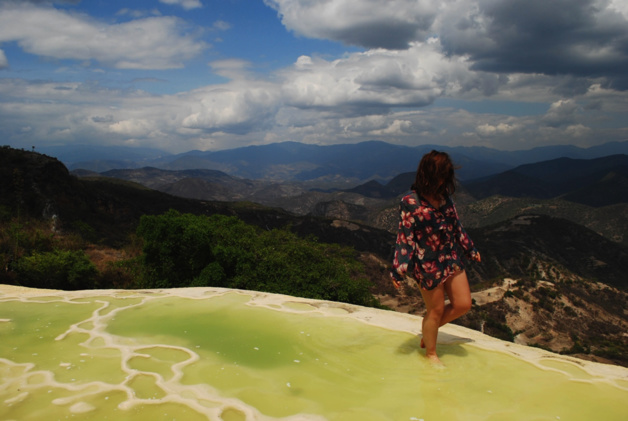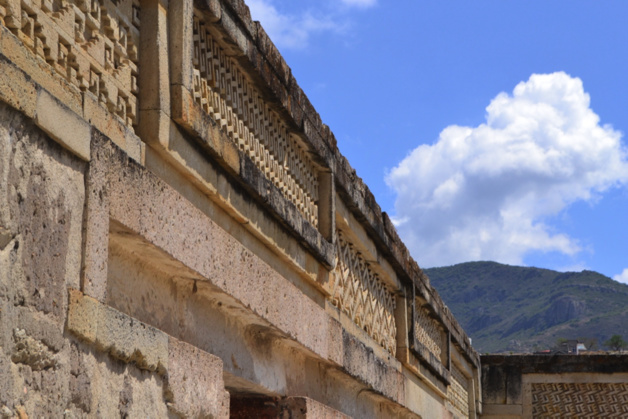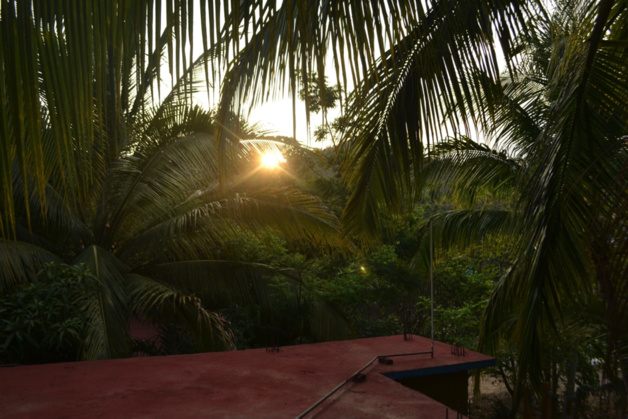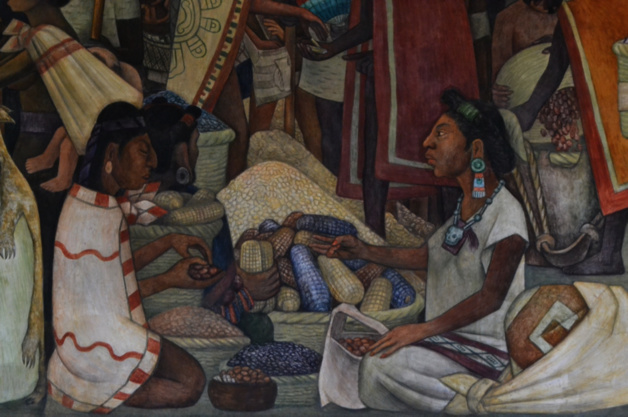The Great Departure
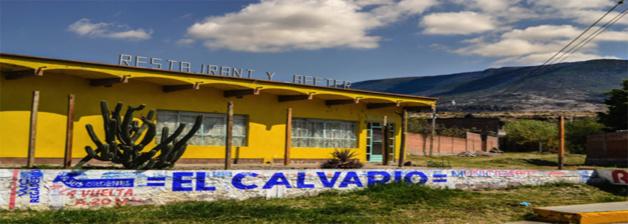
Credits RR
Enormous excitement and preparation give way to gnawing apprehension. We were asked to be careful of the violence and drug trafficking, and we anxiously left Toronto. Holding our credit cards, we get to the bus station in Mexico City, and head north to Guanajuato, backs tense, shoulders stiff. At the first gate, which is a security gate, there is a billboard that reads “SE BUSCA”, “WANTED” in Mexican Spanish, where dozens of criminals’ mugshots are lined up, with darkened expression and hard features. How reassuring.
Guanajuato, meaning festival
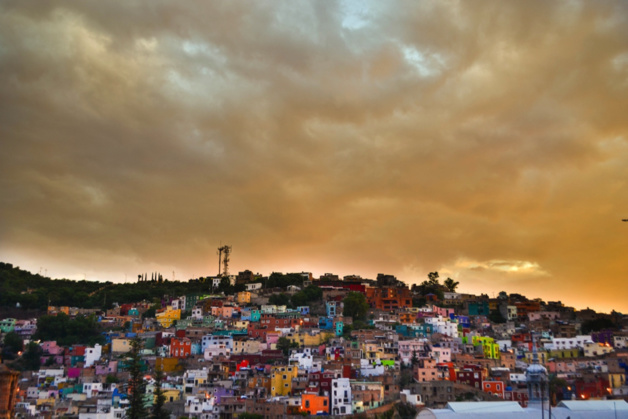
After a seven hour bus drive, we arrive in Guanajuato at night, not knowing what to expect. The next day, the sunrise granted us a breathtaking view of the sublime colors of the houses. Guanajuato already set the bar very high for the first stage of a long journey. The birthplace of Diego Rivera, and at one time the stronghold of Spanish colonists who came to exploit the silver mines, Guanajuato was one of the richest regions of New Spain in the 18th century. It is renowned for its peaceful and exceptionally colorful streets, as well as its culture and university, but especially for its museum full of mummies, containing the best preserved stiffs in the world—upon which the hair on the legs and face can still be distinguished.
These three days in Guanajuato have been a break from reality. It gives one a desire to drop everything. This is also where we realize that Mexico is probably one of the countries where the dirty preconceptions give way to a far brighter reality. Mexico is welcoming and warm, full of music, color and life, yet tarnished by serious crime. A phenomenon whose features are accentuated by foreign media, though its inhabitants are often forgotten.
Puebla, the city of a hundred churches
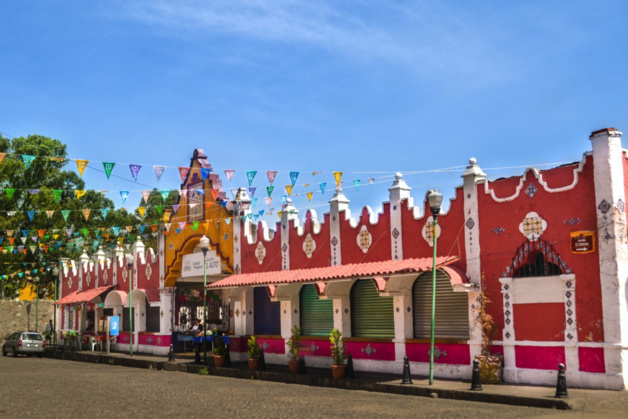
With heavy hearts, we leave our sumptuous cocoon and head for Puebla, south of Mexico City. On the road, misery does not seem less painful in the sun. The Mexican road network is expanding and over the dozens of kilometers we see its constructors work themselves to the bone. These poor souls’ faces are blackened by asphalt under a sun hot enough to make one melt into the stone.
The world-famous festival “Cinco De Mayo” originated in Puebla. During a battle against the troops of Napoleon III, who wanted to seize the town, the Mexican army drove back the French expeditionary force on May 5, 1862, adding a stone to the edifice of the pride of Mexico’s independence. We arrived during the week of celebration, making the Zocalo, the main square in the center of the city, the rendezvous point for families and fairground attractions. A forest of churches occupies the town, once the religious and strategic center for the conquest and evangelization of the indigenous population by the Spaniards. Puebla’s charm lies in its buildings with facades of earthenware and mosaics, unfortunately tainted by severe air pollution.
Not far away is Cholula, a town known for the ruins of a Mesoamerican temple built at the foot of a hill, destroyed by time and dominated by the Nuestra Señora de los Remedios church that could embody a more evident domination by Europeans on its indigenous civilization. Despite the splendid view from the church in Cholula and its valley, our happiness was rivaled only by our desolation when we struggled to breathe properly and we can’t see the Popocatépetl volcano in the distance, drowned by the fine particles of thick pollution.
Not far away is Cholula, a town known for the ruins of a Mesoamerican temple built at the foot of a hill, destroyed by time and dominated by the Nuestra Señora de los Remedios church that could embody a more evident domination by Europeans on its indigenous civilization. Despite the splendid view from the church in Cholula and its valley, our happiness was rivaled only by our desolation when we struggled to breathe properly and we can’t see the Popocatépetl volcano in the distance, drowned by the fine particles of thick pollution.
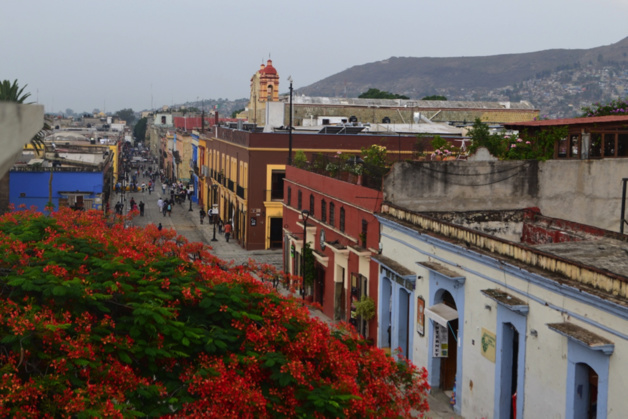
That day was Mother’s Day, or the Feast of the Virgin Mary in Mexico. Processions and fireworks went on all day, honoring the reputation of the good living of Mexicans. Our ears are struggling to bear the blended noise, and we take refuge in the underground gallery of the temple, with tight corridors and mystical secrets that probably have much yet to reveal.
Oaxaca, Land of Wonders
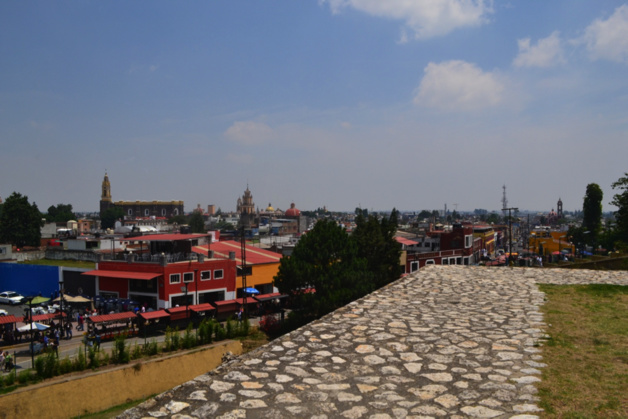
Credits RR
We left Puebla and the journey by bus to Oaxaca proved unique. Despite the imperturbable snoring of the neighbor in front of us, the sight that met us only brought about contemplation. Fields of cacti, deserts and mountain, lands that become ocher, then arid, then tropical. This is what constitutes the richness of the Oaxaca region: you fall asleep for two minutes, and when you wake up, it’s like a completely different country we’ve discovered.
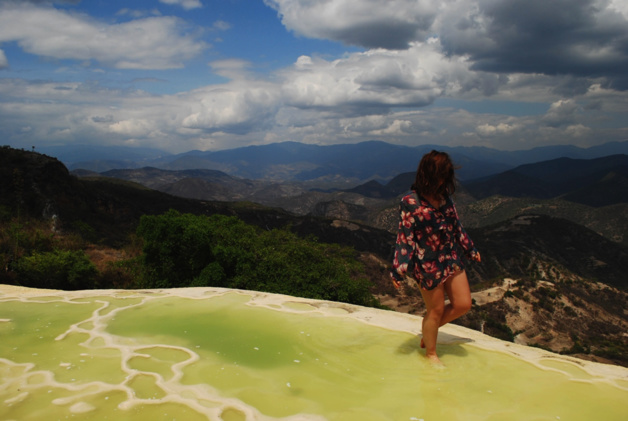
Credits RR
We leave the beautiful city of Oaxaca, with its tropical trees, its peaceful and colorful street and its exceptional gardens for short getaway for Hierve el Agua, a natural site well known to tourists, where thousands of years’ worth of water gushing from a mountain has formed a pool deck on its side. Between two buses of visitors admiring the scenery through the screens of their cameras, we managed to find ourselves alone facing a marvelous valley.
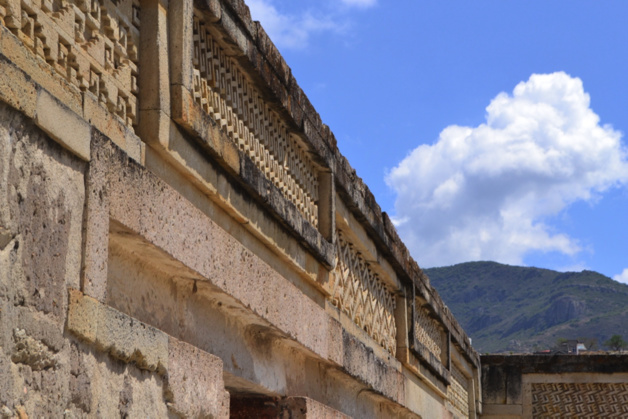
Credits RR
We sleep at the house of an inhabitant the small town of Mitla, known for the ruins of a Zapotec temple that has been miraculously well-preserved. It’s a peaceful haven where life is good and the spectacle of thousands of years of history does not seem to bother anyone, it is contrarily a part of daily life. The ancient temple offers an exceptionally detailed view of Zapotec architecture, and you could still make out the frescoes in what were at one time houses.
Is the Grass Greener on the Pacific Coast?
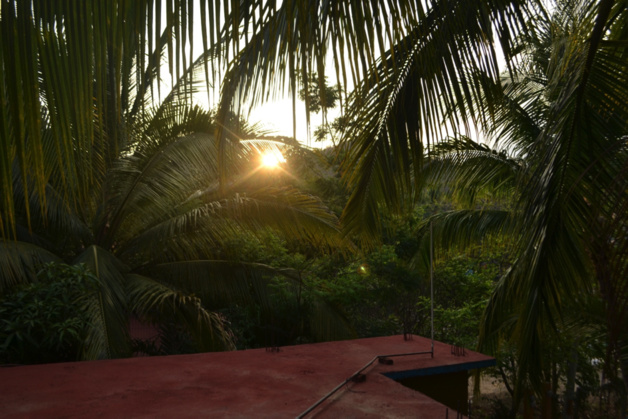
Credits RR
Next Stop, Mazunte, a small village by the sea on the Pacific Ocean, we eschew the bus in favor of a van, cheaper and potentially faster. After nine hours of torment in the Mexican jungle on empty roads with constant 90 degree angles, all at 90 km/h on average, we suffer through sweaty faces and nausea to Puerto Escondido. Can’t sleep. It’s only 26 degrees Celsius, but we try to survive the 98% humidity.
We depart for Mazunte, hoping that the sea air will give us some respite. Nay, that would be expecting too much. Fifty mosquito bites a day, constant showers to keep from melting, as well as heavy seas because of a recent storm. This village is known for being a hippie magnet as of late, with natives greeting you with a “Namaste”, hands joined. This is what Mazunte has become--a former fishing village and natural breeding site for sea turtles in the Mexican yoga capital, we find tarantulas in our vicinity that tear it for us, and make us set sail.
The Magic of Mexico City
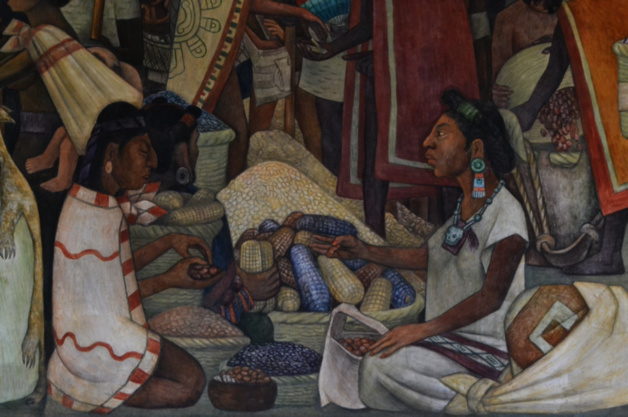
Lighthearted, we head for the capital. After a few minutes’ walk to find the inn, we take measure of where we are, and how we’d survive. Thousands of people, everywhere, all the time, horns, noise, pollution, smoke, grilled street…we were doubtlessly within the twelfth largest city in the world. After a first night in a hostel of uncertain cleanliness and multiple cockroaches, we explore the streets of the city.
The boundaries of the city seems endless as we walk without stopping. We visit the Plaza Mayor, the heart of the city, where some 40,000 were already gathered at ten in the morning. Fatigue has nevertheless allowed us to get a meager glimpse at the splendor of Mexican culture. The capital alone has dozens of Diego Rivera murals, the splendid gallery of the University of Mexico, the ruins of the Templo Mayor surrounded in the remains of its destruction by the Spanish, Frida Kahlo’s house, hundreds of churches that were swampy ground when the conquistadors came to found Mexico City,
The boundaries of the city seems endless as we walk without stopping. We visit the Plaza Mayor, the heart of the city, where some 40,000 were already gathered at ten in the morning. Fatigue has nevertheless allowed us to get a meager glimpse at the splendor of Mexican culture. The capital alone has dozens of Diego Rivera murals, the splendid gallery of the University of Mexico, the ruins of the Templo Mayor surrounded in the remains of its destruction by the Spanish, Frida Kahlo’s house, hundreds of churches that were swampy ground when the conquistadors came to found Mexico City,
Yet the capital of the Federal District is not only an open air museum. It is a trendy young city, with coffee shops and hipster bars. It is not immune to the phenomena of gentrification and cultural uniformity, and severely contrast the very rural and often very poor parts of the country. Mexico City is extremely rich in some of its neighborhoods, with lavish mansions often costing several million dollars. Carlos, a man of Mexican business, and CEO of Telmex, was also the richest man in the world in 2013.
The neighborhood of La Roma was certainly more pleasant: a peaceful haven away from polluted life in the fast lane, home to trendy cafés where Mexican and expatriate do brunch on Sundays in the shade of ancient trees. Sometimes it’s hard to breathe in Mexico, as we gasp after climbing a few steps of a staircase, in need of fresh air. But mornings are fresh and we take our breakfasts like those who go to work: In the street where small fresh juice vendors line up—it costs more than other legs of our journey.
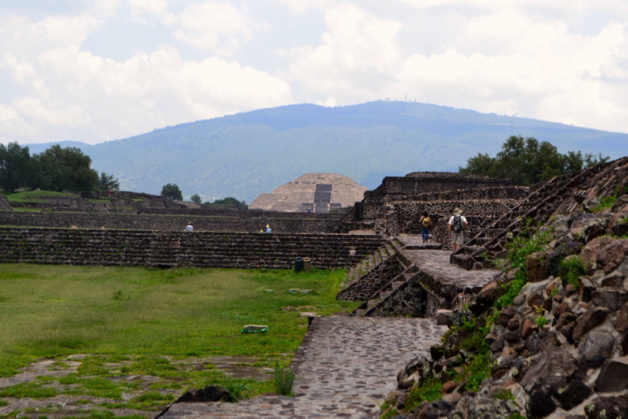
One morning getaway on the site of Teotihuacan, one of the most important Mesoamerican temples where more than 50 000 people once lived. An architectural and human feat that reflects an ancient culture and founder already too far ahead of its time.
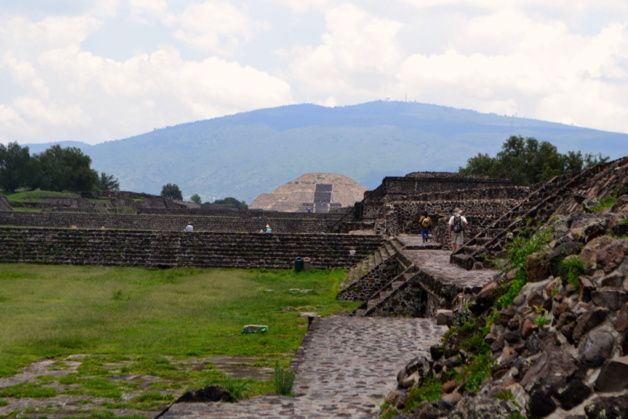
Credits RR
Twenty-five days. Almost a month has passed in a flash. A dream ride in the heart of Mayan temples, Hidalgo troops, cactus fields, lawyers and tender velvet mango flesh. Meetings, tastes, colors, smells, images, Mexico is a kingdom of wealth, a land of treasure where even a lifetime would not be enough to discover the most hidden secrets. Get your backpacks on and open your eyes, a land of wonders awaits you.
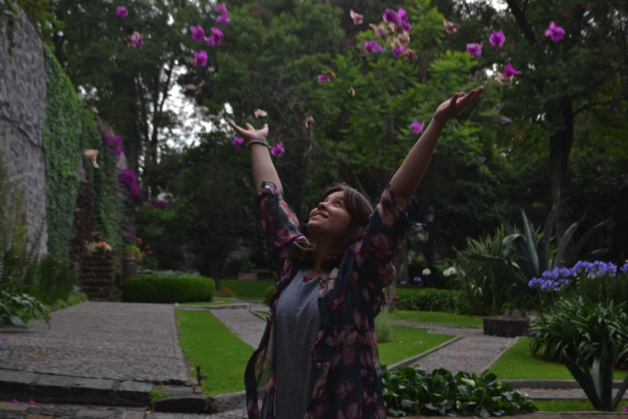
Credits RR



















